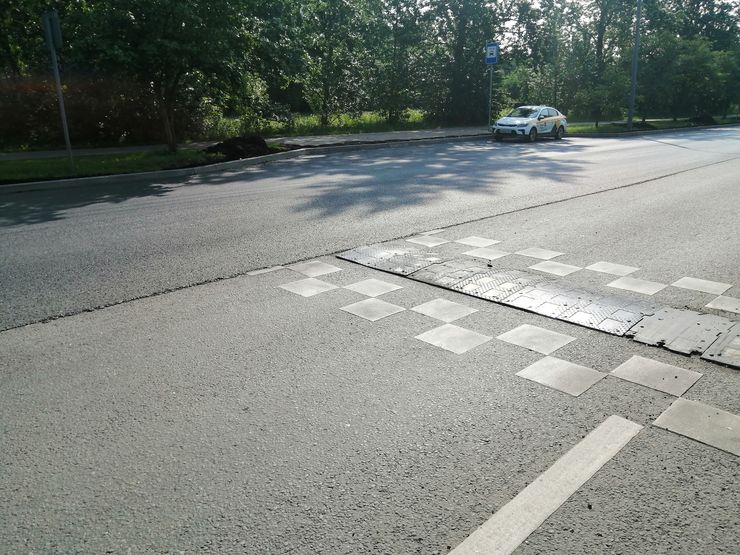If the solid center line of the marking is temporarily omitted, it appears that the prohibition to enter the oncoming lane has not disappeared, as it were, but no warning is issued. Experienced drivers and some traffic policemen recommend acting on the principle: you do not see the axial markings – by default, think that there is “fixed” and overtaking is prohibited. On the other hand, the driver, not seeing the missing line, is not obliged to guess what it should be here.
Strictly speaking, this matter is set out in paragraph 9.1 of the SDA. According to it, “the number of lanes for road vehicles is determined by the markings and (or) signs 5.15.1, 5.15.2, 5.15.7, 5.15.8, and if there are none, then by the drivers themselves, taking into account the width of the carriageway, the dimensions of the vehicle stocks and the necessary mutual distances.
So, according to this principle of the rules, if from the place where you are adjacent to the road on which you are driving, another highway or street, there are no signs prohibiting driving “into the oncoming lane” and there are no markings yet on fresh asphalt, the driver has the option to continue driving calmly in a lane reserved for oncoming traffic. It is possible that the traffic police officer, observing such behavior of the driver, has a desire to draw up a protocol about the offense – leaving “oncoming traffic” on him. Don’t get lost!














